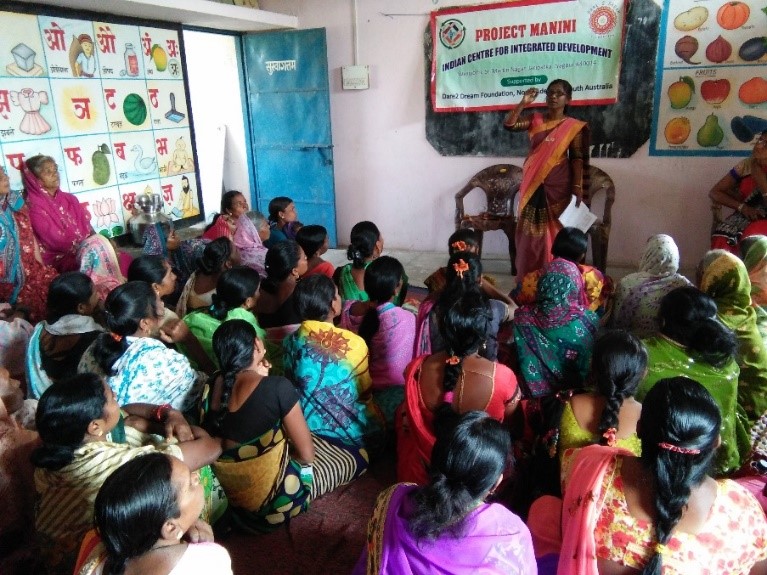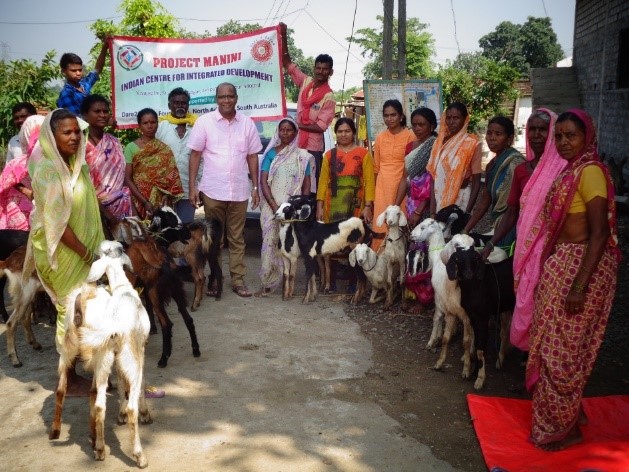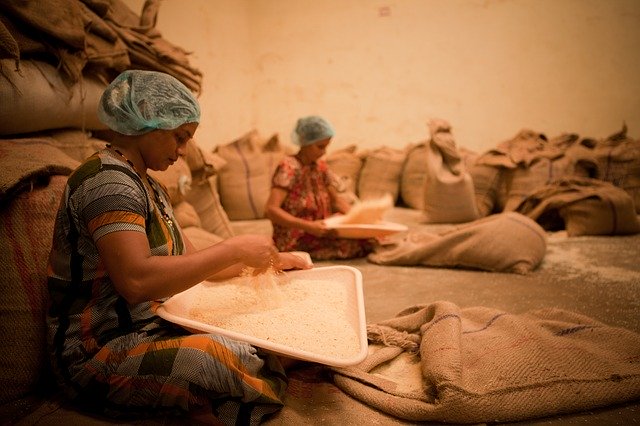Human Rights for Women in India
Continuing the experience of girl children (week 2), women, who comprise nearly half the population of India, suffer social and economic discrimination and lack of social liberty with a dominant life experience of oppression, restrictions, violence and exploitation. While they play a vital role in managing the family and contributing to the family economy, their contribution goes unrecognized as they are treated as subservient to males. Deprived of education, equal opportunities for productive expression and political decision-making, largely confined indoors and subjugated relentlessly, women continue to face grave violations of rights.
The persistence of patriarchal social norms and inter and intra gender hierarchies leads to women being exposed to a continuum of violence in the home and in society throughout their life cycle.
Human trafficking in India
 Although illegal under Indian law human trafficking remains a significant problem. Women and girls are trafficked within the country for the purposes of commercial sexual exploitation and forced marriage, especially in those areas where the sex ratio is highly skewed in favor of men. Men and boys are trafficked for the purposes of labor, and may be sexually exploited by traffickers to serve as gigolos, massage experts, escorts, etc. A significant portion of children are subjected to forced labor as factory workers, domestic servants, beggars, and agriculture workers.
Although illegal under Indian law human trafficking remains a significant problem. Women and girls are trafficked within the country for the purposes of commercial sexual exploitation and forced marriage, especially in those areas where the sex ratio is highly skewed in favor of men. Men and boys are trafficked for the purposes of labor, and may be sexually exploited by traffickers to serve as gigolos, massage experts, escorts, etc. A significant portion of children are subjected to forced labor as factory workers, domestic servants, beggars, and agriculture workers.
Empowerment for change
Women in disadvantaged situations are being empowered to challenge gender violence and exploitation and to insist on gender equality and more political participation. This is done through the formation and facilitation of women's groups, socio- legal training, skills building, and assistance in acquiring livelihood opportunities, along with the facilitation of dialogue in families and communities.

Women's Lives by the Numbers
Violence
In 2016, There were 338,954 reported incidences of crime against women. These included:
- 7,628 dowry deaths
- 225 cases of acid attack
- 110,434 reported cases of cruelty by a husband or his relatives
- 1,183 cases of human trafficking
- 39,068 rape cases
- 39,953 cases of assault on women
- 27,422 sexual harassment
(National Crime Records Bureau)
Education and Inclusion
Literacy
Literacy rate for Indian men = 82.14% for Indian women = 65.46% (2011 census)
Work
Participation rate of women in employment was less than half that of men.
Urban employment 54.6% men—14.7% women
Rural employment 54.3% men—24.8% women
Government
Women's representation In 2014
Lower House of Parliament—11.9%
Upper House of Parliament—11.4%


